When the flowers finish blooming and the vegetable plants stop producing, you may be ready to curl up under a blanket with a hot drink and a good book as the temperatures drop outside. But first, it’s important to put your garden to rest to ensure a colorful yard or bountiful crop next year. To help you get started, I have compiled a few tips on how to prepare your garden for winter. Plants, the soil, and even tools need attention before the cold settles in.
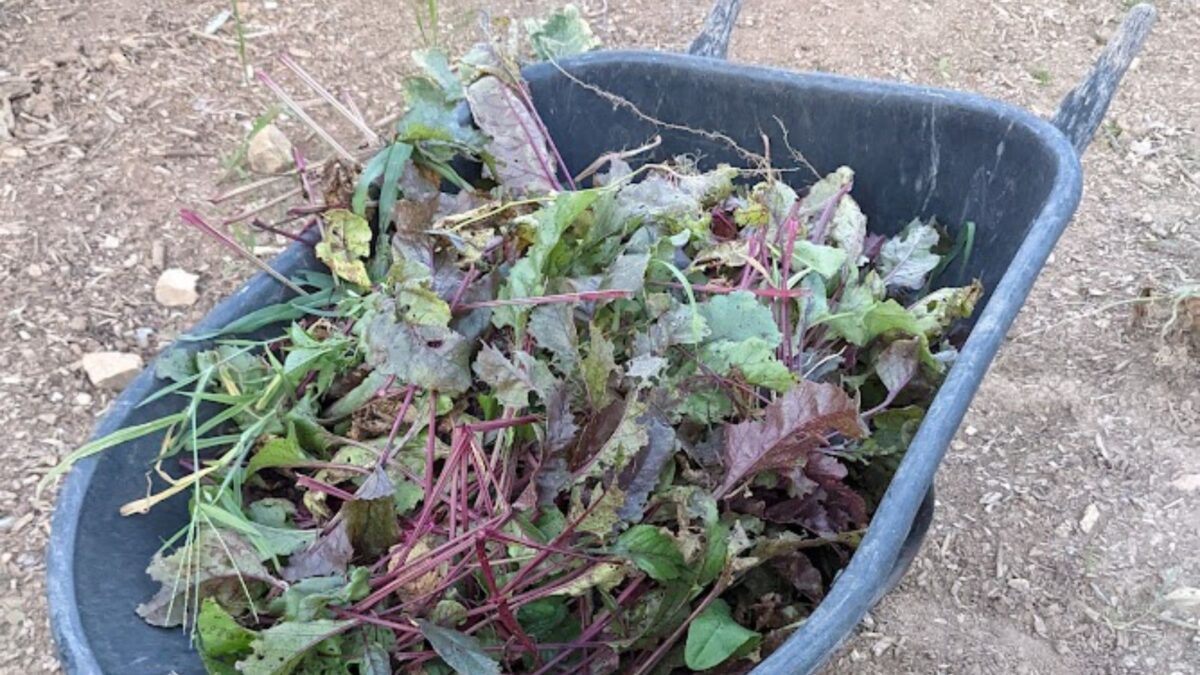
How to Prepare Your Garden for Winter
Protect overwintering crops

Some cold-hardy crops can be left in the ground all winter, though depending on your location, it may be helpful to build a cold frame or set up row cover for extra protection both from the cold and pests. It’s also important to provide well-drained soil.
Most of these vegetables should be planted between midsummer and early fall, though garlic can be planted later. Of course, the further south you live, the wider variety of vegetables will overwinter in your garden. Here are a few of the most cold-hardy crops that even more northern gardeners can enjoy throughout the winter season:
Root crops like beets, carrots, and turnips do well in a winter garden. Some of them, especially parsnips, actually become sweeter with near-freezing temperatures. Just remember that digging them up will be difficult, if not impossible when the ground is frozen. For a spring garlic crop, plant cloves four to six weeks before the ground freezes or, in warmer climates, as late as January.
Hardy greens and broccoli might appreciate row cover in colder regions, and like parsnips, kale and collards will get sweeter with a light frost. On the other hand, fava beans can withstand temperatures as low as 14 degrees Fahrenheit!
Check out these winter garden plants if you’d like to keep growing veggies through the cold months.
Prepare your vegetable garden for winter
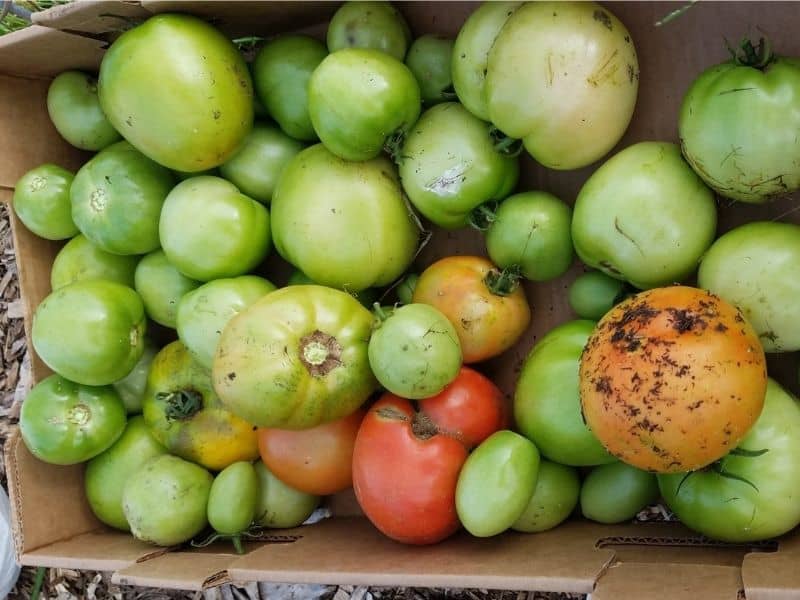
Sections of the vegetable garden not overwintering cold-hardy crops also need special attention in the fall.
First, remove all plant debris from the garden, compost healthy plants, and burn or otherwise dispose of those that show signs of insect damage or disease to prevent those problems from recurring next year. This is also a good time to remove stakes and trellises. Clean them of any plant residue and dirt and let them dry completely before storing them.
Thoroughly weed the garden and dispose of the weeds elsewhere besides the compost pile to keep seeds out of it. Once the garden soil is exposed, you’ll want to cover it up to prevent erosion. Lay down a thick layer of mulch or sow a cover crop. Some people also like to test the soil and add any necessary amendments in the fall.
Prepare the garden soil for winter
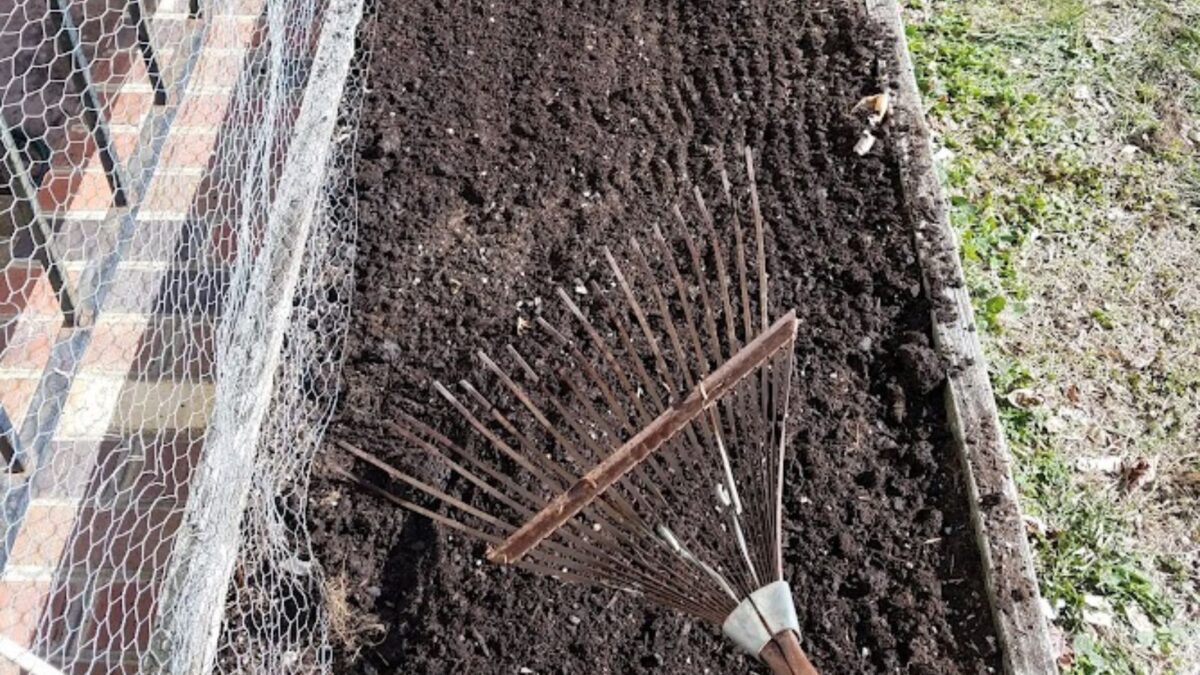
To save time when things get busy in the spring, improve the soil in the fall instead. Start with a soil test to determine what nutrients your soil needs and whether the pH is balanced. Your local extension office can provide you with a soil test kit. Once you get the results, add amendments as necessary.
Add a three- to four-inch layer of compost to each bed and gently work it into the soil with a broad fork or other digging fork. Alternatively, you can add a one-inch layer of manure. Since it will have the whole winter to break down, it doesn’t have to be pre-composted: fresh is just fine in this case. Rather than mix it in, simply water it well and cover it with straw or shredded leaves.
Mulch is a good idea regardless of whether you add compost or manure. It will help suppress weeds, retain soil moisture, prevent erosion, and encourage earthworms and other organisms to stay active longer.
If you have many fallen leaves in your yard, chop them with the lawnmower, rake them up, and spread a generous layer over the garden beds. Straw or old hay also works well for mulching.
For a multipurpose solution, try planting cover crops to protect the soil and aid nutrient retention. This might be a better option than adding compost or manure in the fall since nutrients from such amendments can leach out by spring.
Legumes, such as alfalfa or clover, have the added bonus of being nitrogen fixers, though grasses are easier to grow and can also function as windblocks. Spread seed while the soil is still warm and cover lightly with straw or hay.
Prepare your wildlife garden for winter
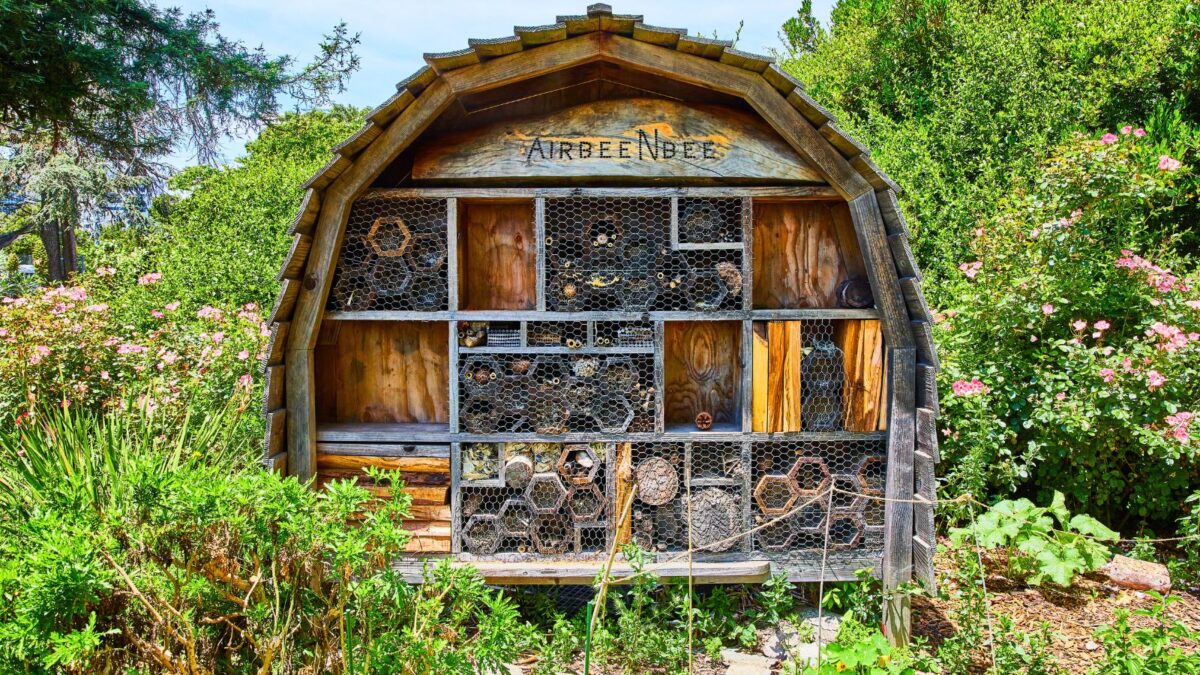
Preparing a wildlife garden for the winter months is a bit different than putting other gardens to bed. A well-prepped wildlife garden can provide both habitat and food for birds and other animals in the winter. Fall and early winter is a good time to clean out feeders, nest boxes, and ponds.
Conversely, save all other garden tidyings for early spring, as dead and dying plants provide important winter protection for wildlife. Insects will take refuge in dry stems, and unpruned hedges will offer birds valuable shelter and foraging opportunities.
As with a vegetable garden, fallen leaves spread on flowerbeds will serve as rich mulch. They also provide a winter habitat for frogs and other invertebrates and an excellent place for thrushes and blackbirds to forage.
Instead of cleaning it out, look around the garden and decide what could be improved, where you would like to add new features, and which plants you would like to incorporate. If you’re eager to get started, you can even plant new hedges, shrubs, or trees in the fall.
Prepare and protect perennials for the cold season
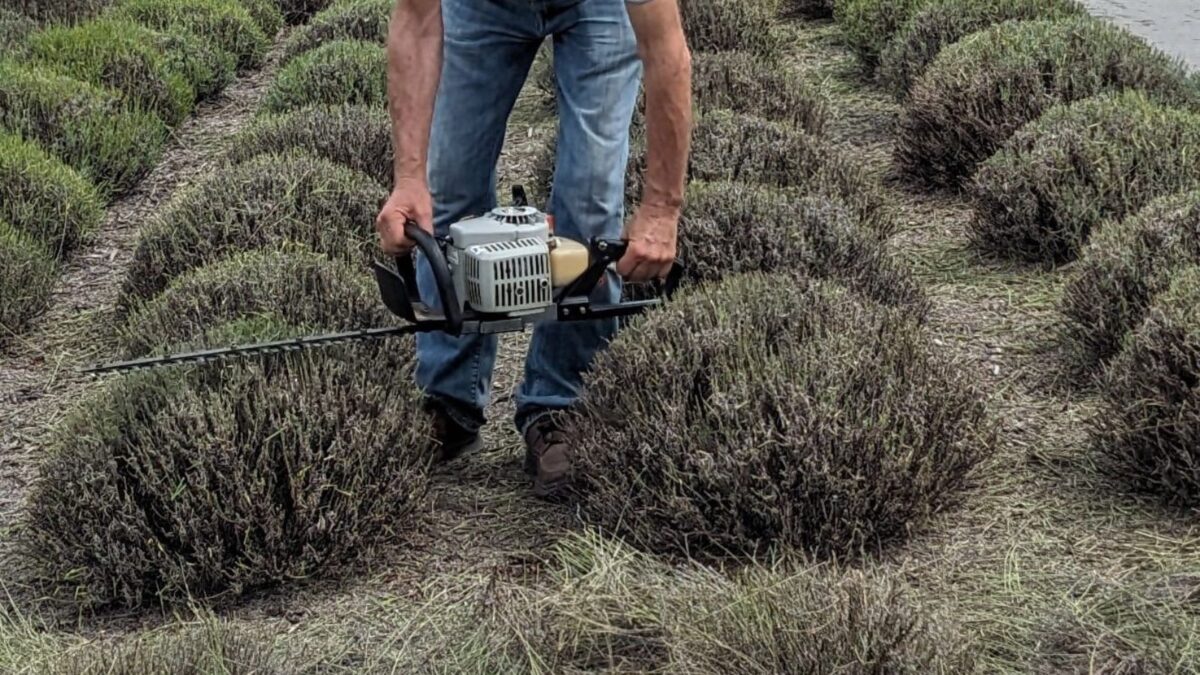
Perennial care is a bit different depending on where you live. In warmer areas where snow and frost are rare, simply tidy the beds and replace diseased or worn-out plants as necessary. As detailed below, those in colder areas have a bit more work to prepare a perennial garden for winter.
Start by watering less to help perennials harden off in preparation for the colder months. Cut stems back to about six inches from the ground and mulch well with straw, shredded leaves, or wood chips to help protect tender perennials and insulate the soil. Before mulching, you can also work some compost around the plants. Add a four- to six-inch layer and gently dig it in, careful not to disturb any roots.
Tender perennial bulbs like dahlias, gladioli, and cannas require special treatment. When the first frost causes the leaves to yellow or blacken, cut back the foliage and carefully dig up the bulbs. Lay them out on newspaper indoors and allow them to dry for a few days before storing in dry peat moss or shredded paper. Keep in a cool (40-50 F), dark, humid place until spring.
When their flowers fade, move potted chrysanthemums to a sheltered spot, water them well, and cover them with plenty of straw. Keep geraniums well-watered leading up to dormancy, then move them inside to a cool place and water sparingly throughout the winter.
Clean your garden tools before storing them for winter
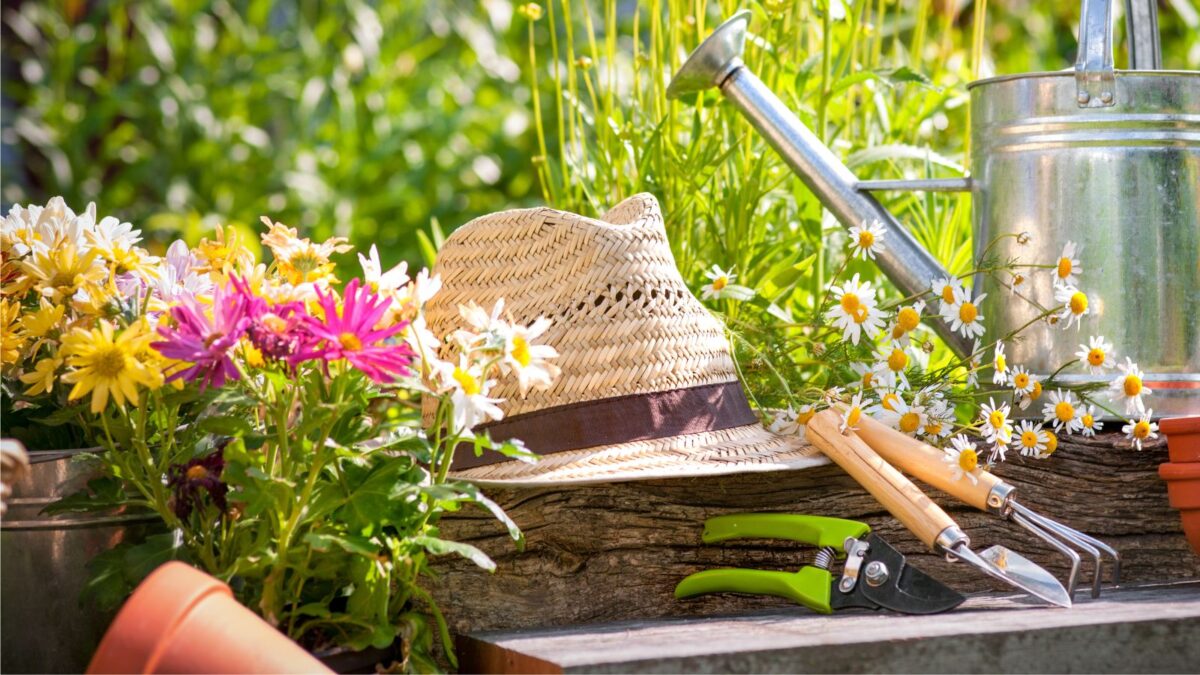
In addition to the plants and soil, your tools also need attention before getting stored for the winter. Before the temperatures drop below freezing, disconnect all garden hoses, sprinklers, and other irrigation systems to prevent bursting. Drain them well, patch up any holes, and then neatly loop hoses for storage.
When the grass stops growing, ensure the fuel tank is empty on the lawnmower, as gasoline left over winter can degrade rubber or plastic parts and rust metal.
The battery and spark plugs should also be disconnected to prevent the mower from accidentally starting during the winter. Then remove, sharpen, oil the blades, and scrape or rinse off built-up grass and dirt.
Clean metal garden tools by scraping off dirt with a wire brush and then wiping them down with a dry or damp rag. If any rust spots have developed, rub them away with sandpaper. Then, wipe down each tool with an oiled rag – vegetable oil is less toxic and equally as effective as motor oil.
Scrub wooden handles with sandpaper to remove any splinters, then use a rag to rub in linseed oil. Finally, store all your tools neatly on a rack to prevent them from falling over or wooden handles from rotting against soil or cement.
Take a look at Laura’s suggestions for cleaning and sharpening garden tools:
Garden chores to do before winter
In addition to the tasks detailed above, here are a few miscellaneous garden chores to take care of this fall:
- Bring in or cover any garden furniture that shouldn’t be left out over winter. This includes birdbaths that might break if water freezes in them.
- Empty all outdoor containers and store them upside down.
- Before storing the mower for winter, continue mowing the lawn as late as it grows; deep snow cover on long grass can result in brown patches come spring.
- Similarly, rake up fall leaves and put them on the compost pile. Or, to use as mulch, rake the leaves into loose, low piles and run the lawn mower over them before gathering up the shredded leaves and spreading them on vegetable or flower beds.
- Cover the compost heap with a thick layer of straw or a piece of plastic.
- plan some winter activities with your gardening friends.
Whew! That may seem like a lot of work, but preparing your gardens for winter can result in beautiful flowers, bountiful crops, and excellent wildlife habitat later. And once your gardens are all put to bed, you can curl up with that warm blanket and a hot drink and stick your nose in a good book (or, perhaps, a seed catalog!).
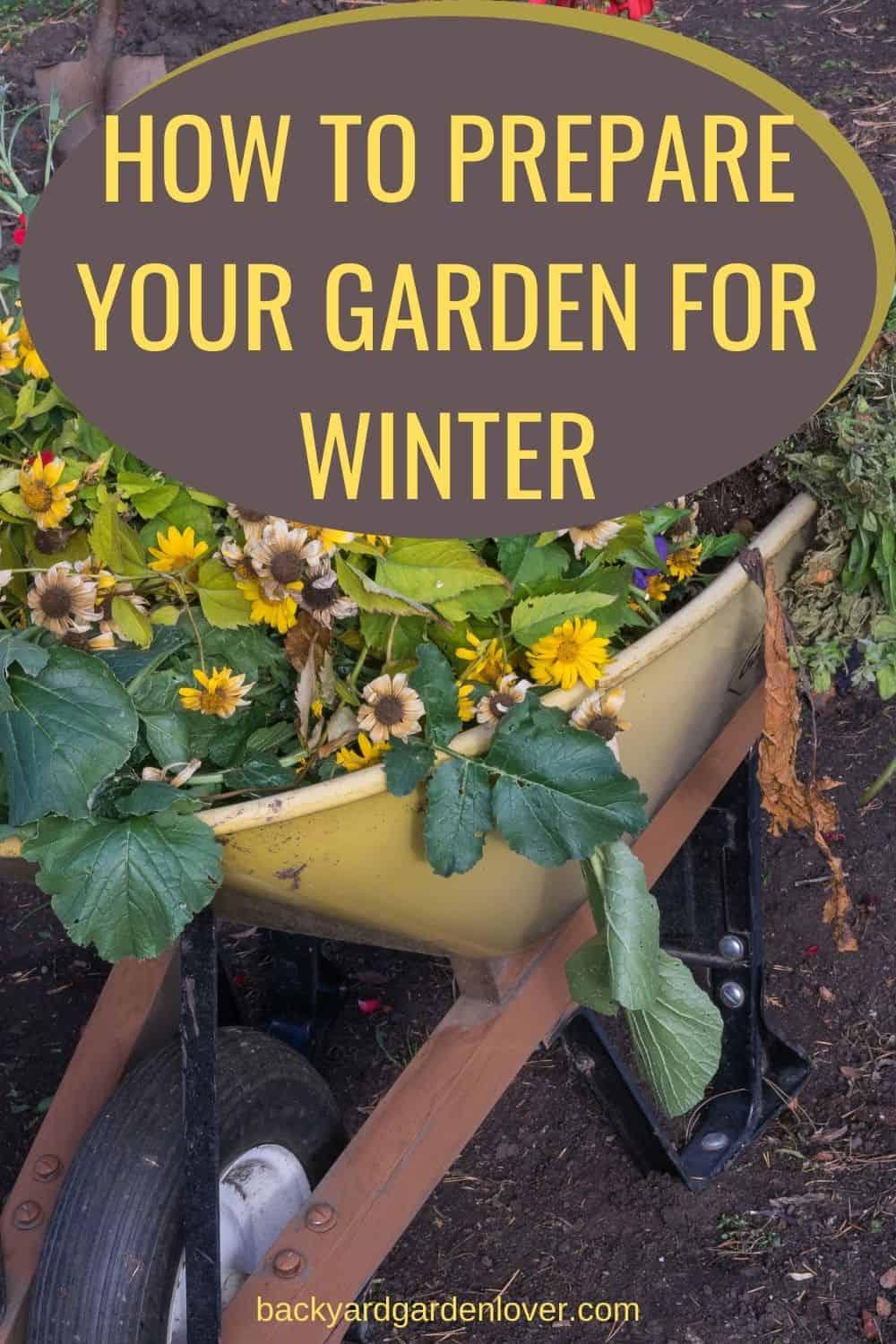




Vegetable Garden Planning - Tips For A Delicious Harvest
Wednesday 17th of August 2022
[…] A quick tip: how to prepare your garden for winter. […]